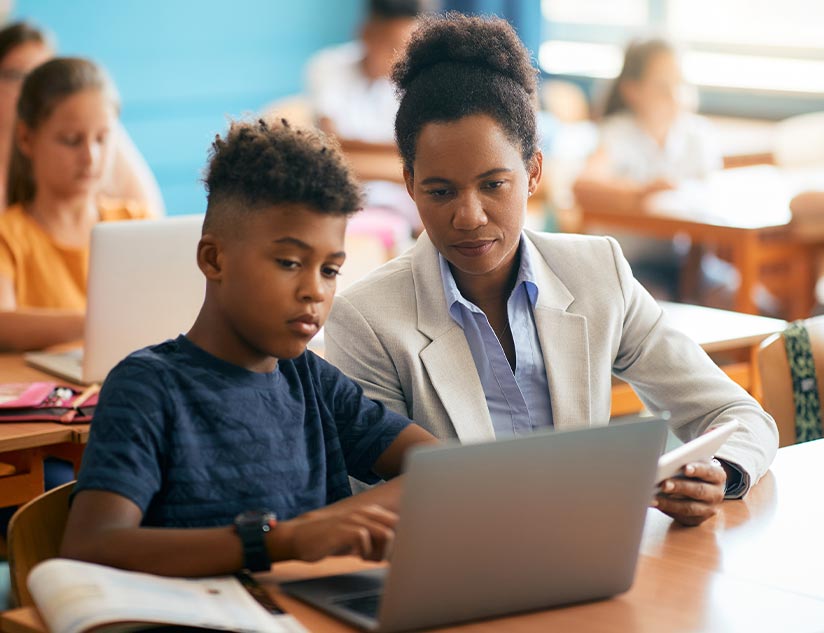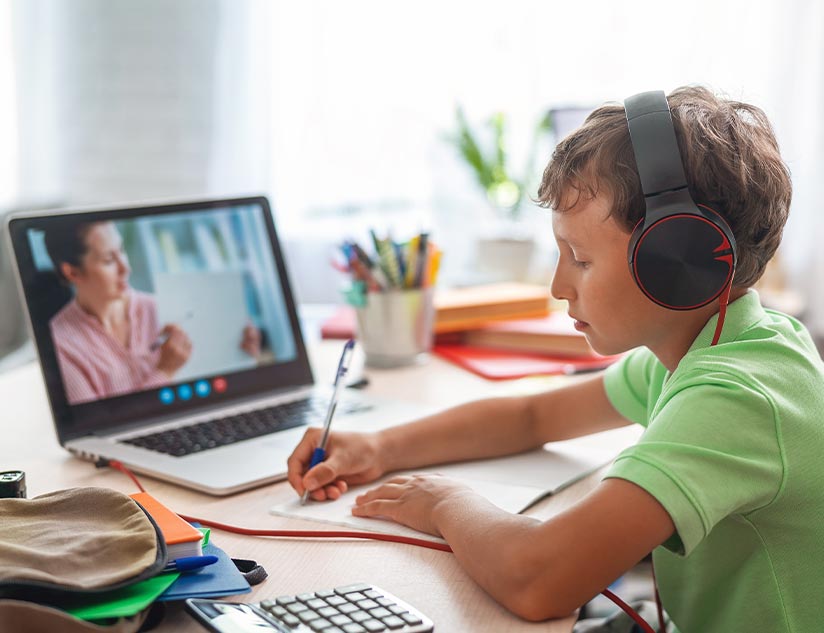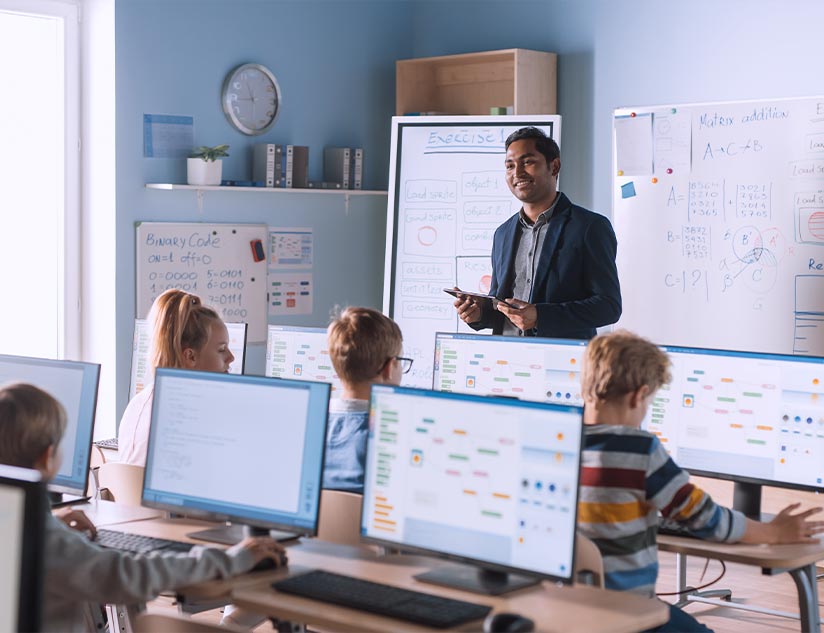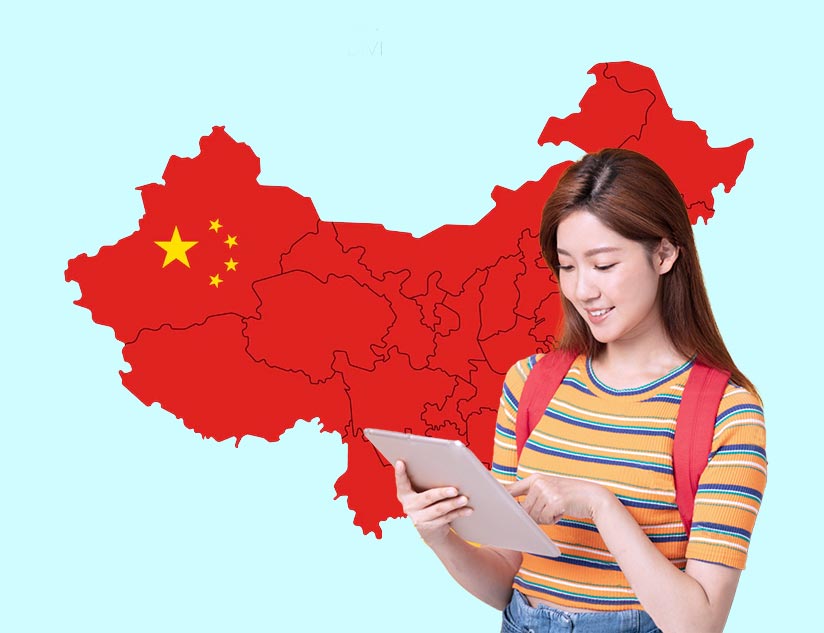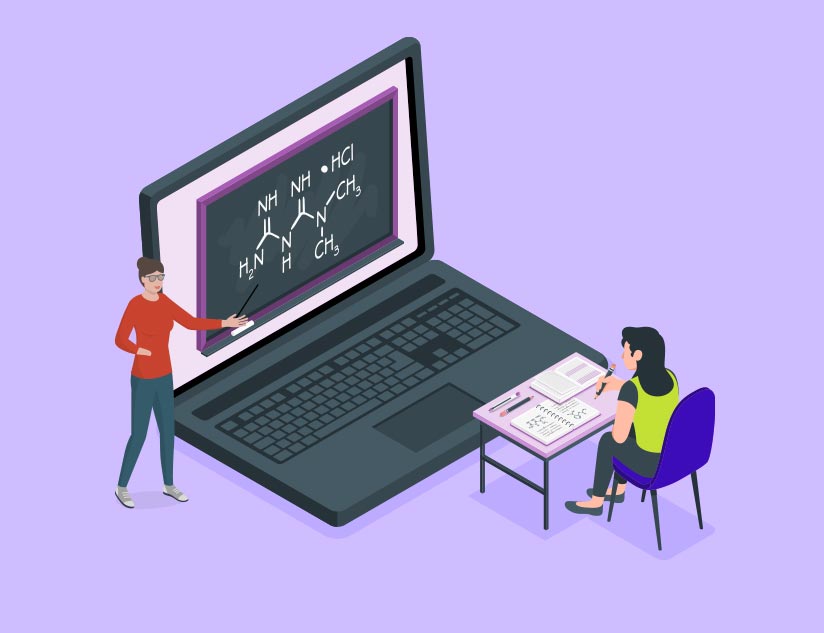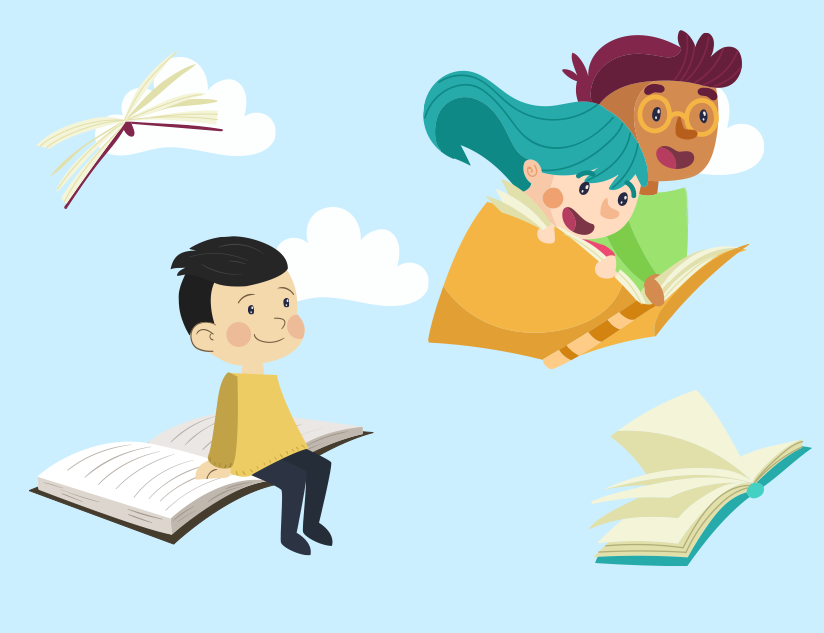How EdTech Companies Can Help Bridge the Equity Gaps in Education
January 30th, 2023
The aim of Sustainable Development Goal 4 (SDG4) of the plan of action for the 2030 agenda for people, planet, and prosperity is- “Ensure inclusive and equitable quality education and promote lifelong learning opportunities for all.”
Inequity in Brief
Equity disparities in educational outcomes of societal groups may be a consequence of socio-financial class, race, ethnicity, gender, identity-sexual orientation, or a disability. These gaps show up as achievement gaps, confidence gaps, excellence gaps during learning years, and earning or quality of life gaps at a later stage.
State of Equity in Education
Poverty, teacher quality, and lack of access to learning opportunities have traditionally fuelled educational inequity. For those with access, the gaps arose because of the non-alignment of the curriculum with individual learning needs and assessments with learning outcomes. The global economic situation and the public health crisis due to Covid-19 have further widened this disparity. Interruption of in-person learning for an average of 141 days globally has given rise to a crisis that The World Bank refers to as learning poverty, specifically among children below the age of 10. It has deepened to an extent where it violates children’s right to education. This, if not checked, may lead to an economic catastrophe, with the current generation of students losing $21 trillion of lifetime earnings at the present value! That’s about 17% of the current global GDP.
At the granular level, these inequities are visible as poor reading and fundamental numeric skills that evolve into problem-solving inabilities among individuals.
Long-Term Impact of Inequity in Education
Inequity in education builds into structural inequalities for the community that may quickly proliferate to national and global levels. Those with improper education and skills to earn end up becoming parents who cannot provide adequate learning opportunities for the generation that follows.
Addressing Educational Inequity at a Global Level
Education is a fundamental human right and affects the general well-being, responsible behavior, social capital, and sustainable citizenship of humans. Therefore, equity in education is one of the goals 184 countries have committed themselves to achieve by 2030. In addition to the commitment from societies and governments, it is the responsibility of education bodies and providers to lead the process of bridging these equity gaps in education.
The Step-by-Step Guide to achieving Educational Equity
The Organisation for Economic Co-operation and Development (OECD) has laid down clear and simple action points to facilitate the narrowing of the equity gap in education. Three target areas covered through these guidelines are:
Better education system design
This requires providing a curriculum that promotes equitable learning opportunities among special and gifted students. It includes:
- Designing assessments to verify the progress towards learning goals and feedback on improvisations.
- Providing vocational learning for those with specific learning needs outside school systems.
Personalized learning
It aims at redefining the concept of merit from passing or failure to an opportunity for educators to intervene and aid improvisation in specific areas.
- Keeping lessons and assessments aligned with individual learning goals and pace.
- Ensuring that the same quality of education is delivered across the home, community, and conventional schooling system.
Serving the Underserved
Reaching the sections with poor access to education, giving financial support to low-income groups and communities, and reducing dropout rates among them are critical tasks in this category.
The Road Ahead
A report from Brookings suggests that the new path of education is through automation. It emphasizes a “whole child” approach to education to facilitate learning a breadth of skills among children, including social, commercial, and interpersonal skills. Leveraging technology to help students build strong communication skills, critical thinking, and creative innovation is what will transform the future of the global workforce. A World Economic Forum report outlines key opportunity areas for the same:
Adoption of new learning technologies
Education technologies have evolved into sophisticated tools for dynamic lesson planning, assessment planning, and implementing innovative pedagogies. They simplify learning penetration across geographies and demographics. They facilitate aligning curricular learning outcomes with individual learning goals. To improve student engagement, they can deliver inclusive materials such as audio-supplemented textual lessons, skill-building activities, and hyper-personalized lessons.
New Assessment Mechanisms
There is an increasing need for learner-centric assessments and the removal of narrowly defined conventional scoring systems. It focuses on ensuring that assessment styles and approaches address individual needs and assess the progress toward learning outcomes and not just the ‘completion of a lesson.’
This can be accomplished by using modern learning solutions that allow teachers and students to set up short and long-term goals and dynamically plan assessments according to unique student capabilities. In addition, they help in automating the delivery of feedback and personalized improvement lessons against run-of-the-mill remedial methods that generated poor outcomes.
Empowering the Education Workforce
The frontline education workers include educators, curriculum planners, lesson designers, and with the digitizing learning processes – edTech solutions developers and providers. Empowering them with policies and finances is a responsibility the report gives to communities and governments.
Technology providers can focus on simplifying the life of educators and lesson planners with tools that help create lessons and syllabi that can be directly applied for state adoptions. These tools help in making rich lessons with quizzes, audio-visual aids, and much more. In addition, they take over the job of paper correction and performance analysis with advanced technologies to generate individual, group, or institution-level reports.
Contact us to explore how your organization can leverage technology to progress towards attaining the SDG4 goal of bridging the gaps in educational equity.






